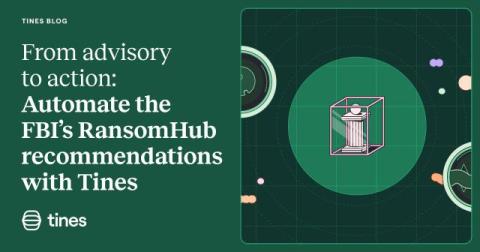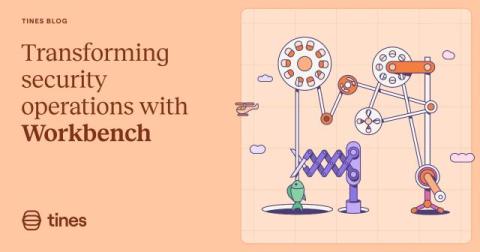Why Mastering Automic Automation is Essential in Today's Security Landscape
Keeping systems secure is a big challenge for many companies today. They deal with large amounts of data stored across both cloud platforms and physical servers. As the number of cyber threats continues to rise, businesses need robust tools to protect their systems.











